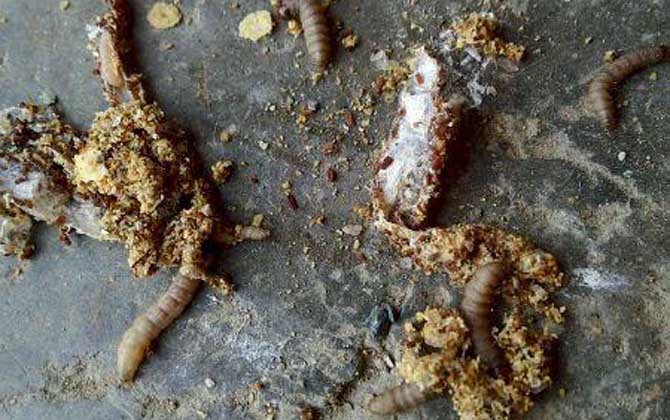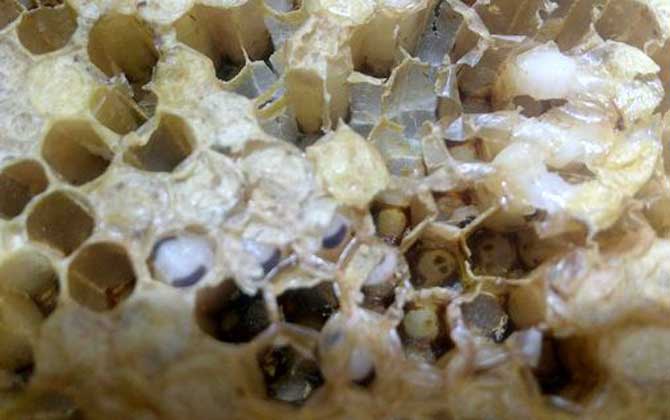Wax Moth Larvae: Major Threat to Honey Bees and Control Methods
Introduction
Wax moth larvae (Galleria mellonella and Achroia grisella), known as “nest worms” in Chinese apiculture, represent the most significant pest threat to honey bee colonies. These destructive insects feed on beeswax debris and burrow into comb cells, disrupting larval development and creating characteristic “bald pupae” through their destructive activities. Infested colonies experience rapid population decline, with severe cases leading to complete colony abandonment. Below we explore comprehensive solutions for effective wax moth control.

I. Biological Classification
Belonging to the Lepidoptera order and Pyralidae family, wax moths exist in two primary species:
- Greater Wax Moth (Galleria mellonella)
- Lesser Wax Moth (Achroia grisella)
Both species demonstrate:
- Comb tunneling behavior through wax consumption
- Destruction of brood cells and stored pollen/honey reserves
- Secondary fungal/bacterial infection risks from larval excrement
Economic impacts include 20-30% honey yield reduction in moderate cases and complete colony collapse in severe infestations.

II. Infestation Process
- Colonization (March-April)
- Nocturnal mating flights under low colony vigilance
- Egg deposition in hive crevices (150-300 eggs/female)
- Larval Migration (8-23 days post-hatching)
- Initial wax debris consumption
- Vertical movement into comb structures
- Colony Impact
- Comb structural compromise
- Brood mortality (up to 60% in weak colonies)
- Pheromone-induced colony stress responses

III. Integrated Pest Management Strategies
A. Preventive Measures
- Hive Hygiene Protocol
- Daily bottom board scraping
- Weekly propolis removal
- Seasonal comb rotation (every 2-3 years)
- Colony Strength Maintenance
- Minimum 50,000 worker population threshold
- Supplemental feeding (1:1 sugar syrup during dearth periods)
B. Active Control Methods
| Method | Application | Precautions |
|---|---|---|
| Chemical Fumigation | Carbon disulfide (CS₂) at 5g/m³ | 48-hour hive evacuation |
| Biological Control | Bacillus thuringiensis strains | Brood chamber avoidance |
| Mechanical Traps | Corrugated cardboard inserts | Weekly replacement |

IV. Infestation Response Protocol
Infestation Level Assessment
- Mild (<10% comb damage)
- Manual removal with stainless steel forceps
- Brood frame freezing (-7°C for 4 hours)
- Moderate (10-30% damage)
- Queen excluder compartmentalization
- Formic acid fumigation (65% concentration)
- Severe (>30% damage)
- Complete hive relocation
- Comb irradiation treatment (15kGy gamma rays)
V. Advanced Monitoring Techniques
- Infrared thermal imaging for larval detection
- Electronic nose pheromone sensing
- Digital weight monitoring for comb integrity
Modern beekeeping operations should implement regular inspection cycles (7-10 days) combined with temperature-controlled storage for surplus combs. Remember: prevention through strong colony management remains more effective than reactive treatment measures.